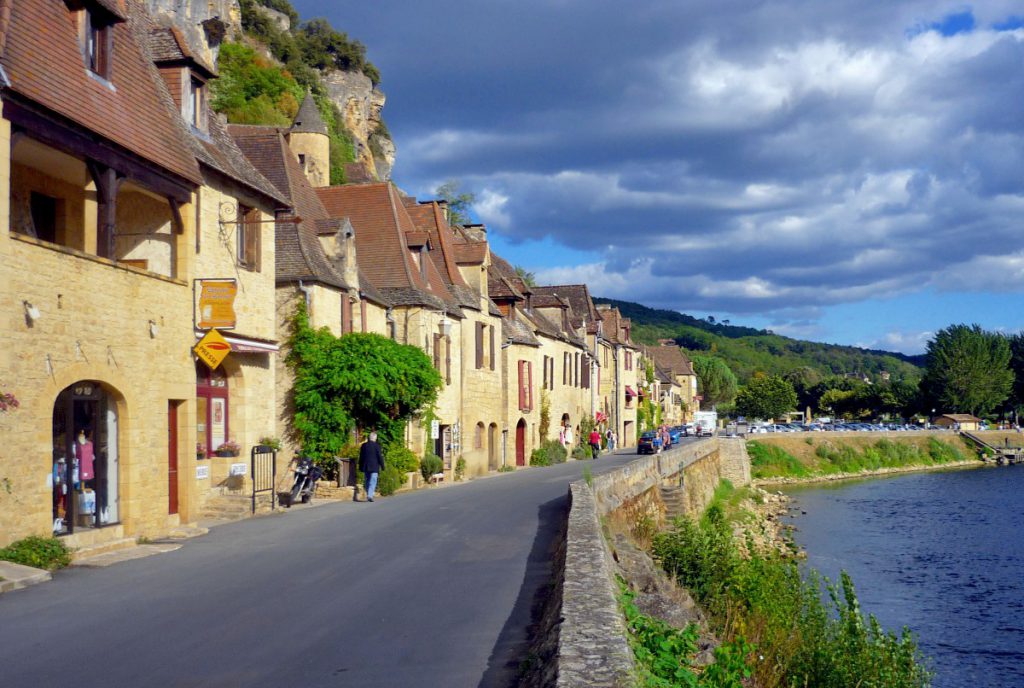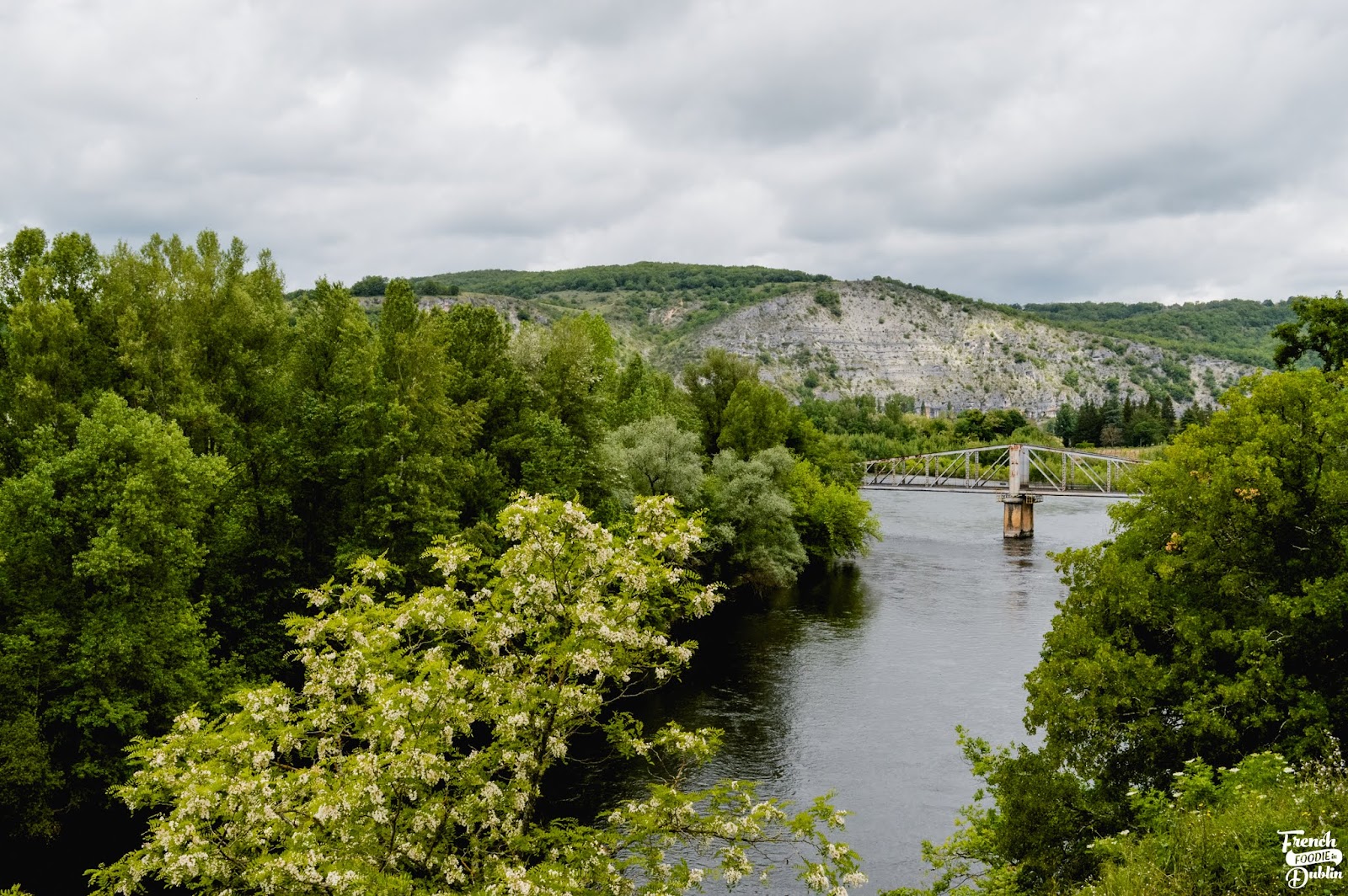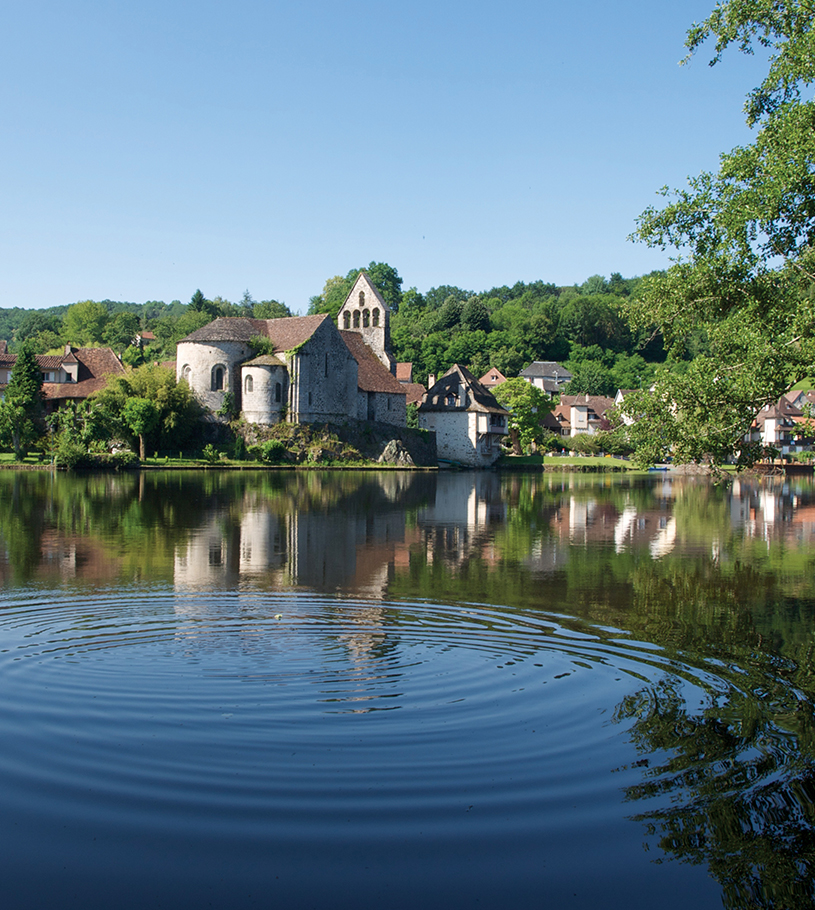


The main season for tourism in the Valley of the Dordogne is from June to September, with July and August being high season. In Périgord, the valley widens further to encompass one of France's main gastronomic regions, with vineyards, poultry farms and truffle-rich woodlands.

In the towns, which are major tourist attractions because of their history and architecture, the quaysides are lined with eating and drinking places. Camp sites and holiday homes have proliferated wherever the valley floor is wide enough to accommodate them.īelow Argentat and around Beaulieu-sur-Dordogne, the valley widens to accommodate fertile farmland, well-watered pasture and orchards. In several places the river is dammed to form long, deep lakes. The cliffs, steep banks, fast flowing water and high bridges attract both walkers and drivers.
#Dordogne valley series#
The upper valley of the Dordogne is a series of deep gorges.

Generally, everything not listed in the program.The Dordogne is one of the few rivers in the world that exhibit the phenomenon of a tidal bore, known as a mascaret.Activities, visits, lunch, any personal expenses, airfares, accommodation.Find high-quality stock photos that you wont find anywhere else. your local English speaking guide/driver. Search from Dordogne Valley stock photos, pictures and royalty-free images from iStock.The two most impressive chateaux or castles are the famous Chateau Beynac and Chateau Castelnaud. This is because there are five very historic chateaux or castles dating from the 100 years war. In the afternoon, stop at La Roque Gageac and Beynac and enjoy the best panoramic views of the Dordogne Valley. The Dordogne Valley is often referred to the as the ‘Valley of the 5 Chateaux’ or the ‘Valley of the 5 Castles’.
#Dordogne valley free#
Lunch and free time in the medieval town of Sarlat. Discover the local history and customs which have shaped the cultural identity of our river, its valley and its inhabitants. The old town, dating from both medieval and renaissance times is a pleasure to visit: discover its picturesque tangle of honey-colored buildings, alleyways and secret squares… We can also organize a tour on a “Gabarre” on the Dordogne river… Take a cruise along the river aboard a gabarre, safe and modern replica of the flat-bottomed crafts used in the past centuries. Sarlat is a beautiful, well restored town a few kilometers north of the River Dordogne. Sarlat is in the region of Perigord Noir, a few hours east of Bordeaux City. The latest in image and virtual technology is used to enhance this cultural experience.įollow a guided tour of the medieval town of Sarlat. The site includes a facsimile of the entire cave – as well as the discovery of cave art from around the world and the Cro-Magnon civilization – through virtual reality technology. This International Centre for Cave Art (Lascaux IV) opened in December 2016 at the foot of the Lascaux hill. After Lascaux II (famous facsimile of the original cave of Lascaux) and Lascaux III (The Lascaux international exhibition), now: Lascaux IV, or Centre International d’Art Pariétal The construction of the facsimile began in October 2014 with the collaboration of the specialized Périgord-based team of Atelier des Fac-Similés du Périgord. Today, discover the brand-new Lascaux IV, triumph of technology. Lascaux was added to the UNESCO World Heritage Sites list in 1979, along with other prehistoric sites in its proximity. The exact meaning of the paintings at Lascaux or any of the other sites is still subject to discussion, but the prevailing view attaches a ritualistic or even spiritual component to them, hinting at the sophistication of their creators. The region seems to be a hotspot many beautifully decorated caves have been discovered there. 15,000 BCE, falls within the Upper Palaeolithic period and was created by the clearly skilled hands of humans living in the area at that time. Besides these paintings, which represent most of the major images, there are also around 1400 engravings of a similar order. Horses are the most numerous, but deer, aurochs, ibex, bison, and even some felines can also be found. Close to 600 paintings – mostly of animals – dot the interior walls of the cave in impressive compositions. Lascaux Cave is a Palaeolithic cave situated in southwestern France, near the village of Montignac in the Dordogne region, which houses some of the most famous examples of prehistoric cave paintings. Arrive in Montignac and visit the Grottes de Lascaux.


 0 kommentar(er)
0 kommentar(er)
